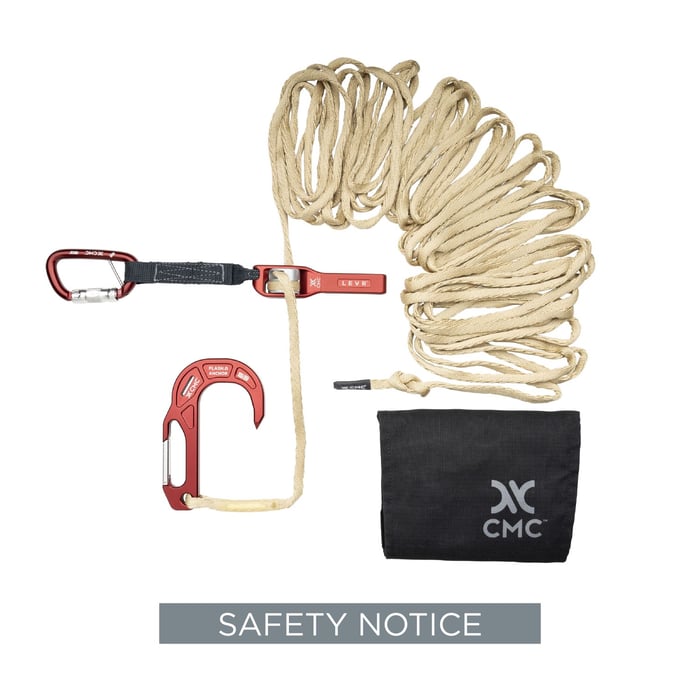Manufactured exclusively for Roco Rescue by Skedco.
 Sleek, portable and mission-driven – the new Roco Lowrider™ Compact Rescue Tripod is made for low, tight spaces. Originally designed by Roco tactical instructors to meet the mission-critical requirements of elite DoD special operations teams, the Roco Lowrider™ Rescue Tripod brings cutting-edge technology and hard-earned lessons to the civilian rescue industry.
Sleek, portable and mission-driven – the new Roco Lowrider™ Compact Rescue Tripod is made for low, tight spaces. Originally designed by Roco tactical instructors to meet the mission-critical requirements of elite DoD special operations teams, the Roco Lowrider™ Rescue Tripod brings cutting-edge technology and hard-earned lessons to the civilian rescue industry.
With a minimum height of 38-inches and a maximum working height of 60.5-inches, the Roco Lowrider™ can be used to extract patients from low overhead spaces using minimal personnel. Designed to be man-packable,
the Lowrider™ weighs only 32 lbs. and features header, anchors and legs connected with stainless steel bolts for maximum strength and weather resistance. The proven Skedco head design allows up to three separate
connection points for multiple rigging options. The anchors are well-balanced to handle rescue loads and each is anodized red for easy identification.
With its light weight, compact size and breaking strength of more than 20,000 lbs., your team’s working efficiency will be dramatically increased – all while staying LOW.
 Key Features:
Key Features:
• Weight of 32 lbs., less than half the weight of a traditional tripod.
• Minimum height of 38-inches with a maximum working height of 60.5-inches.
• Minimum breaking strength of more than 20,000 lbs. at full extension.
• Anchors are anodized red for easy identification.
• No traditional tripod chain – 8mm cordelette provides hobbling capability.
Place Your Order Today!
-
Roco Lowrider™ Compact Rescue Tripod Kit
(Includes: compact tripod, 30-ft. 8mm accessory cord, one William Triact carabiner and carrying bag.)

 Prompted by increasing inquiries regarding the durability and attributes of
Prompted by increasing inquiries regarding the durability and attributes of 
 We are so excited to finally make this official with VPPPA.
We are so excited to finally make this official with VPPPA.

 In more recent years,
In more recent years,  Now under the umbrella of the Harken family of equipment, SMC Gear and Roco Rescue have a long history. The Roco Tactical Division has leaned heavily on the SMC Gear line and expertise over the years while serving our tactical clients. The TerrAdapter has travelled the world with our Tactical Cadre, providing new and innovative problem-solving options to some of the top operators in the world.
Now under the umbrella of the Harken family of equipment, SMC Gear and Roco Rescue have a long history. The Roco Tactical Division has leaned heavily on the SMC Gear line and expertise over the years while serving our tactical clients. The TerrAdapter has travelled the world with our Tactical Cadre, providing new and innovative problem-solving options to some of the top operators in the world. As SMC makes some of the best rescue and mountaineering gear on the market, Roco Rescue is proud of the decade’s long relationship between two iconic players in the rescue world. Rescuers can count on SMC gear to be solid and reliable, no matter how tough the job.
As SMC makes some of the best rescue and mountaineering gear on the market, Roco Rescue is proud of the decade’s long relationship between two iconic players in the rescue world. Rescuers can count on SMC gear to be solid and reliable, no matter how tough the job.



